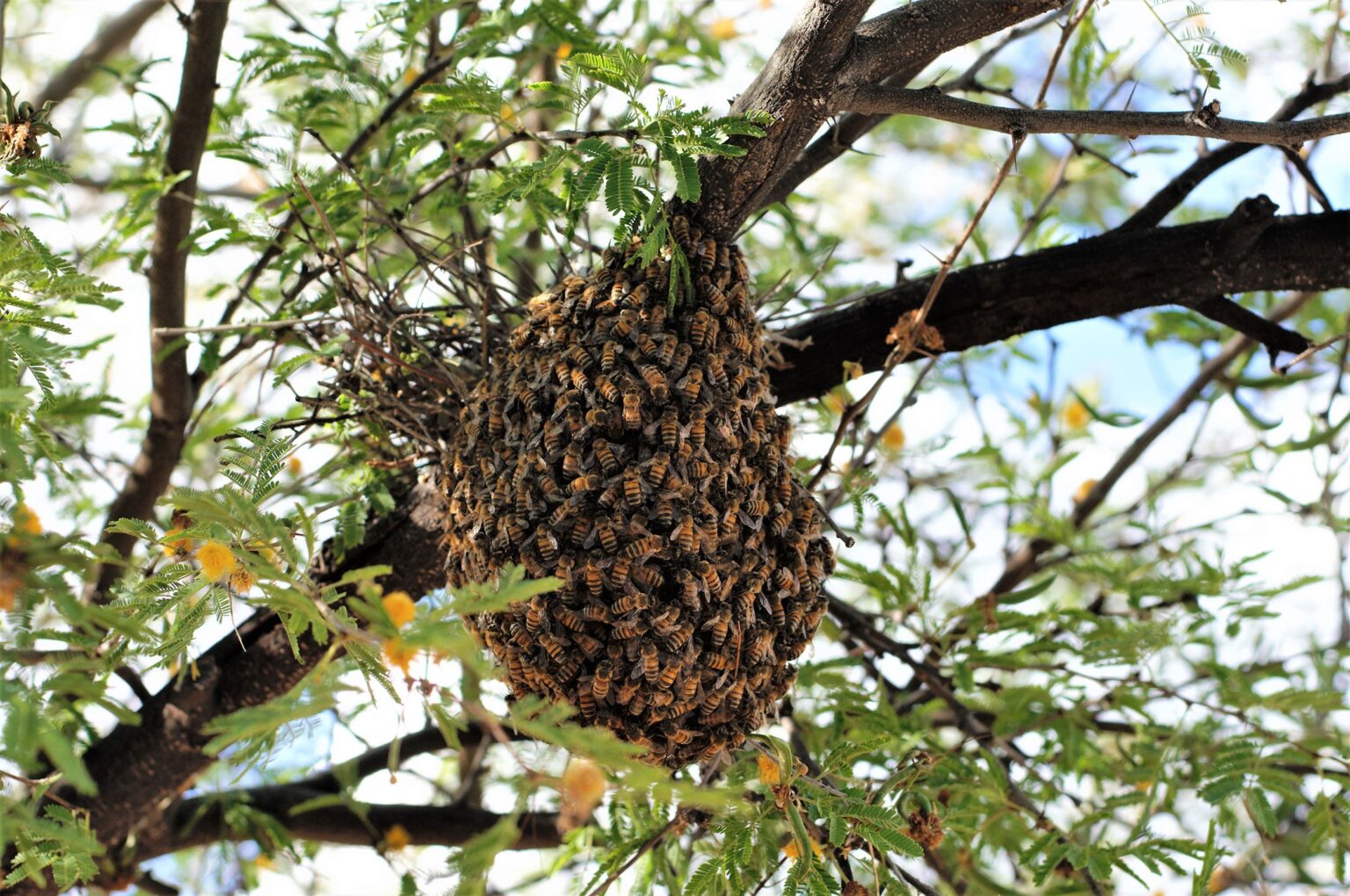A bee attack in Comanche, Texas, left a family grieving the loss of three of their rodeo horses. The attack, which occurred on May 9, involved an aggressive swarm believed to be Africanized bees that targeted both animals and their owners: Baillie Hillman and her partner, James.
“This was the scariest day of my life,” Hillman wrote in a viral Facebook post. “It was a day you see only in horror films and made-up nightmares. A day that only the devil would enjoy.”
The morning started routinely. The couple turned out a few horses near their home to graze. Hours later, Hillman looked out the window and saw something unusual. “There was a black cloud around them,” she said. “I thought it was just an insane amount of flies. I ran out to halter them and move them but quickly noticed it was bees. Millions of bees attacking my horses and now attacking me.”
In her desperate attempt to save the animals, Hillman ran inside to put on protective clothing, then returned to the pasture. But the horses were paralyzed with fear.
“Their fight or flight instincts turned into freezing instead,” she said. “They looked like soaking wet statues.”
Hillman was stung repeatedly and had to flag down a passerby for help. First responders arrived soon after, with Comanche County EMS taking the couple into an ambulance for treatment. Firefighters and pest control worked alongside James, who donned a bee suit to reach the horses.
Despite their efforts, all three horses succumbed to the venom.
“My head horse Clovis died in my backyard from anaphylactic shock,” Hillman shared. “Ace, James’ horse, was put down at Signature Equine in Stephenville after she went into a seizure. The vet said she’s never seen anything like this before. Pepper, my little spitfire 5-year-old, fought for her life in the ICU … but she died the next night after seizing.”
Hillman expressed immense gratitude for the friends and community members who rallied to support them in the aftermath.
“Jenna came and cared for me, gave me updates on the horses. Her mom did our dishes and had dinner ready. I’m so grateful for everyone who helped.”
The hive was later found in a tree in the front yard. The Comanche Volunteer Fire Department urged residents to be cautious, especially as bee activity increases in spring. “Please be mindful of your surroundings… Bees will become more active as the weather warms.”
In her post, Hillman offered a plea to others: Inspect your property regularly. “Have a pest control guy come out in April every year to check … I promise you it’s worth it. I don’t want this to happen to anyone else.”
A Venmo account was shared for those wishing to help with veterinary and pest control costs. “Scammers are already in full force,” she warned. “Message me for the direct link.”
Hillman closed with a painful reflection: “I see their swollen faces when I close my eyes. Hopefully, one day, that image will blur.”
Africanized honey bees, often called “killer bees,” originated from African bees introduced to Brazil in 1956 and reached the U.S. in 1990, spreading to five states, Puerto Rico, and the U.S. Virgin Islands. The USDA Agricultural Research Service has been studying these bees to help manage their presence and minimize their impact on agriculture.
Research shows that killer bees are more defensive than European honey bees, complicating beekeeping, which is vital to U.S. agriculture and contributes $14 billion annually through pollination. ARS scientists have identified several behavioral traits that make killer bees successful invaders and are exploring ways to help beekeepers sustain gentler European bee populations in affected areas. Rainfall patterns may also influence the spread of killer bees, and further research is underway to understand this potential barrier.


